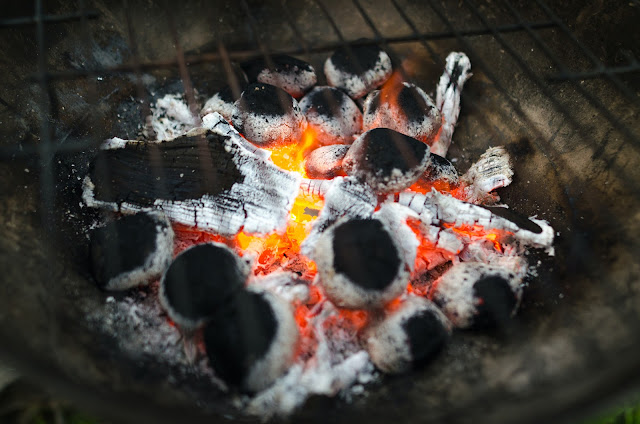Steak Recipe - How To Make Steak Tender You invest a lot of time and money into the steaks for a special occasion and when dinner time comes, they are tough. What happened? How can you cook steaks as tender as your favorite restaurant? The first step to cooking a good steak is to choose the right grade of steak. The top quality beef is graded USDA Prime and commands top prices. USDA Prime grade meats are sold to the restaurant industry and specialty markets and are not as likely to be found at your local grocery chain. The next grade of beef is USDA Choice. USDA Choice is tender, flavorful and only slightly lower in quality than USDA Prime. The meat is well marbled with fat and will be tender and juicy when properly prepared. USDA Choice makes up about 70% of all graded beef and is readily available in your supermarket. USDA Good graded beef is an acceptable grade of beef that has only minimal marbling of fat. It is leaner, but may not be as tender as USDA Prime or Choice. Next, ...
Summer Grilling : Best Summer Grilling Guide
Summer evenings are so beautiful, you just need to move outside. Clean off the grill and prepare to enjoy these long leisurely evenings. Here are some tips to be sure your next barbeque is a success!
Summer Grilling : Best Summer Grilling Guide
1. Heat the grill. If using charcoal, allow plenty of time for the coals to reach the proper temperature and be tinged with ash. Spread the coals out in an even layer. You can make a double or triple layer on one side of the grill and a single layer on the other for better heat control.
2. A flavorful aromatic smoke adds to the aroma and penetrates the food to add a distinctive flavor. You can use wood chips that have been soaked in water and apply directly on top of the coals. Or pick fresh herbs from your garden such as rosemary, marjoram, thyme, bay leafs or oregano and lay onto the coals. Do not use green wood, or any wood that has been treated for use as lumber.
3. Lightly oil the grill surface or spray with Pam. Or oil the food lightly. Careful, too much oil will cause flare-ups.
4. Pre-heat the grill with the lid closed for 10 or 15 minutes. On charcoal grills, the coals should be glowing red with white ash forming, this can take a little longer.
5. Choose a good piece of meat. Meat that is higher in fat marbling will produce a juicer BBQ product. Much of the fat will cook away during cooking anyway. Excess fat on the outside of the meat should be trimmed, this fat does not help the moisture content of the food and will cause flare-ups.
6. Brush the food with a water or vinegar based marinade and place the meat or vegetables on the grill. Be careful not to overcrowd the food. Ideally meat should be marinated for 1 hour or more before grilling.
7. Use pieces of meat less than 1 2 inches thick. Grill on a hot grill and keep the lid down except when brushing with marinade, checking for doneness, etc.
8. Cook on one side for half the cooking time, then brush the top with additional marinade and turn to cook the other side. Avoid turning more than needed, as this can prevent caramelization.
9. Keep a spritzer bottle handy to help deal with flare-ups. If flare-ups occur, move the food to prevent burning. Usually, moving the food is enough to control the flare; however, your can spritz with a fine mist of water if needed.
10. Barbeque sauces usually contain a lot of sugar and will burn if applied too soon. Apply sauce as the food is almost ready to remove and cook only long enough to just set the sauce- 10 minutes or less.
11. Use a meat thermometer to check doneness. Avoid pricking the meat unnecessarily as juices will drain away.
12. Enjoy!

Comments
Post a Comment